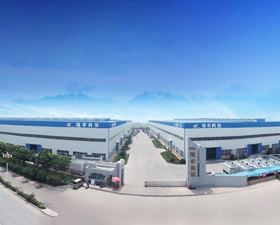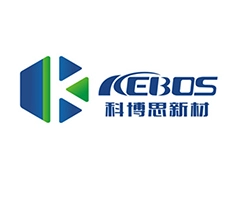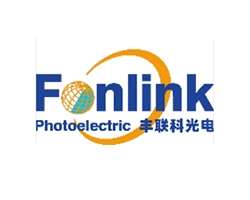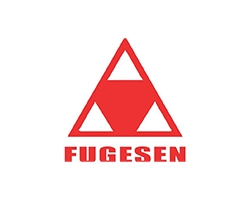Evaporative type of condensers are highly efficient heat exchange devices widely used for cooling in cold storage, consisting of components such as fans, condensing coils, heat exchange fins, and cabinets. With excellent heat exchange performance, evaporative type of condensers have found extensive application in industrial and commercial refrigeration systems.
Working Principle of Evaporative Type of Condensers
In refrigeration systems, the overheated high-pressure refrigerant gas discharged by the compressor enters the condensing coils of the evaporative type of condenser. The high-temperature gaseous refrigerant flows through the coils, fully exchanging heat with the external spray water and air. As the refrigerant flows from top to bottom along the coils, it gradually condenses from a gaseous to a liquid state.
Evaporative type of condensers are equipped with high-efficiency fans to ensure the spray water uniformly covers the coil surfaces. Under the action of the fans, the spray water significantly increases the heat exchange efficiency with the help of wind power. During the heat exchange process, some of the spray water evaporates, absorbing a large amount of latent heat of vaporization, thereby removing heat from the refrigerant.
The water evaporating into the air is effectively intercepted by a dehumidifier to prevent water droplet loss, while the remaining spray water is further cooled by the heat exchange layers of the PVC water spray sheets. The cooled water returns to the water tank and is continuously recycled by the circulating water pump. The water loss due to evaporation is automatically replenished by the water level regulator to ensure the stable operation of the system.
Selection Methods for Evaporative Type of Condensers
In practical applications, there are mainly two methods for selecting evaporative type of condensers:
Among them, selecting based on the heat load of the condenser is a more commonly used method, detailed as follows:
Determine the total heat rejection: Calculate the sum of the compressor refrigeration capacity and the motor power consumption as the total heat rejection required by the evaporative type of condenser.
Define design conditions: Determine key parameters such as condensing temperature and wet-bulb temperature.
Look up the heat rejection coefficient: Find the corresponding load correction coefficient based on the heat rejection coefficient charts.
Calculate the corrected heat rejection load: Multiply the total heat rejection by the heat rejection coefficient to obtain the corrected heat rejection load.
Select the appropriate model: Choose the corresponding model of the evaporative type of condenser according to the corrected heat rejection load.
Through precise selection methods, evaporative type of condensers can not only efficiently complete heat exchange tasks but also significantly reduce energy consumption and improve the overall operational efficiency of the system. With their energy-saving and environmentally friendly characteristics, evaporative type of condensers have become key equipment in modern refrigeration systems.


 EN
EN
 jp
jp  ko
ko  fr
fr  de
de  es
es  it
it  ru
ru  pt
pt  ar
ar  tr
tr 











